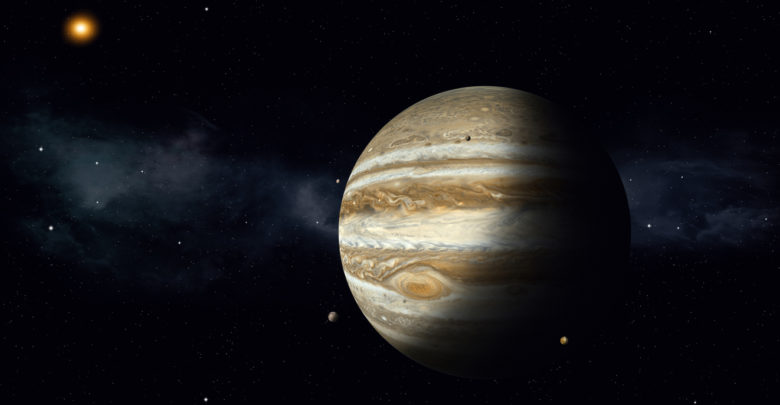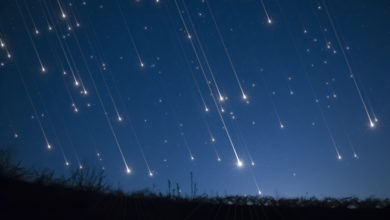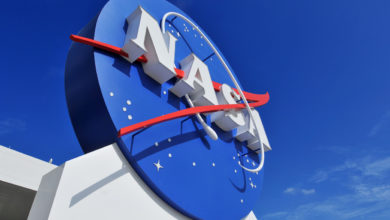Science
Jupiter’s Great Red Spot Hints At Presence Of Water On The Planet- NASA
NASA scientists observed deep inside Jupiter and its Great Red Spot to detect signs of water above the planet's deepest clouds

In a major breakthrough, NASA scientists observed deep inside Jupiter and its Great Red Spot, a storm that has been raging on the gas giant for over 350 years, to detect signs of water above the planet’s deepest clouds. The discovery sheds new light on how Jupiter developed and if life ever existed on the planet.
According to the research team led by Gordon l Bjoraker, an astrophysicist at NASA’s Goddard Spaceflight center in Maryland, US, they detected the chemical signatures of water above the planet’s deepest clouds while using ground-based telescopes to look at wavelengths sensitive to thermal radiation leaking from the depths of Jupiter’s persistent storm.
According to NASA, the latest finding supports theoretical and computer-simulation models that have predicted abundant water on Jupiter made of oxygen tied up with molecular hydrogen.
The pressure of the water, plus the amount of carbon monoxide that the researchers identified on Jupiter, confirms that Jupiter is rich in oxygen. In fact, it is believed that Jupiter has two to nine times more oxygen than the Sun.
There were high chances of the team’s experiment easily getting failed as the Great Red Spot is full of dense clouds, which makes it hard for electromagnetic energy to escape and reveal anything about the chemistry within.
“It turns out they’re not so thick that they block our ability to see deeply,” said lead study author Gordon l Bjoraker. “That’s been a pleasant surprise.”
It is expected that the data collected by Bjoraker and his team will supplement the information sourced by NASA’s Juno spacecraft as it circles the planet from north to south once in every 53 days.
“Jupiter’s water abundance will tell us a lot about how the giant planet formed, but only if we can figure out how much water there is in the entire planet,” said Steven M Levin, a Juno project scientist at Nasa’s Jet Propulsion Laboratory.
The findings have been published in the Astronomical Journal.




